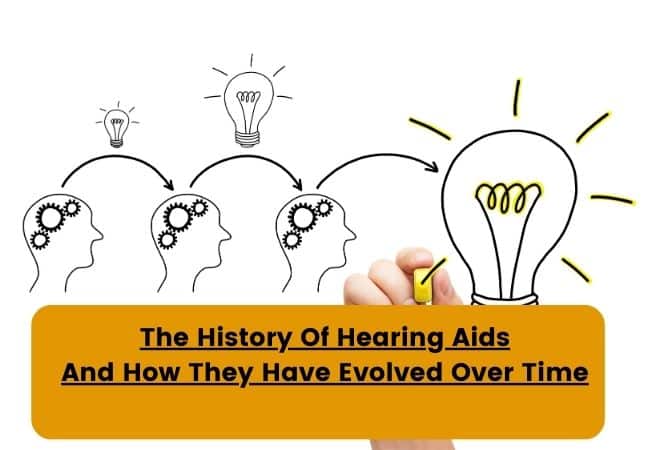Early Acoustic Devices
In the earliest days of hearing assistance, individuals often relied on simple devices that directed sound toward the ear. Ear trumpets, made of materials like metal or animal horn, funneled sound into the ear canal. While they provided some improvement, these devices were bulky, conspicuous, and limited in their effectiveness.
Electrical Amplification and Carbon Hearing Aids
With advancements in technology, the late 19th and early 20th centuries introduced electrical amplification. Carbon-based devices utilized tiny carbon granules to amplify sound electronically. Although these early devices were more effective than ear trumpets, they remained relatively large and often produced distorted sound. Still, this era marked a critical shift toward powered hearing solutions.
The Rise of Vacuum Tube Devices
The introduction of vacuum tubes in hearing aids during the 1920s and 1930s allowed for more consistent amplification and improved sound quality. While these devices were still relatively heavy and required external battery packs, their performance was a significant improvement over previous models. As manufacturing techniques advanced, vacuum tube hearing aids became more portable and discreet.
Transistors and Miniaturization
The mid-20th century brought about the transistor revolution, enabling hearing aids to become smaller, lighter, and more efficient. Transistor-based devices fit behind the ear or into eyeglass frames, offering a less noticeable appearance. The reduction in size and better sound quality made these devices more appealing, encouraging widespread adoption.
Digital Processing and Customization
By the late 20th century, digital technology transformed the hearing aid landscape. Digital signal processing allowed for clearer, more natural sound and automatic adjustments to suit different listening environments. Users could customize settings, reduce background noise, and refine speech clarity. This leap in innovation significantly improved comfort and overall user satisfaction.
Modern Connectivity and Smart Features
Today’s hearing aids do more than simply amplify sound. They connect wirelessly to smartphones, televisions, and other devices, allowing wearers to stream audio and adjust settings through dedicated apps. Advanced algorithms enhance speech understanding even in noisy spaces, while rechargeable batteries and sleek designs ensure a seamless, convenient experience. What was once bulky and rudimentary has evolved into sophisticated, user-friendly technology that continues to evolve as new innovations emerge.



